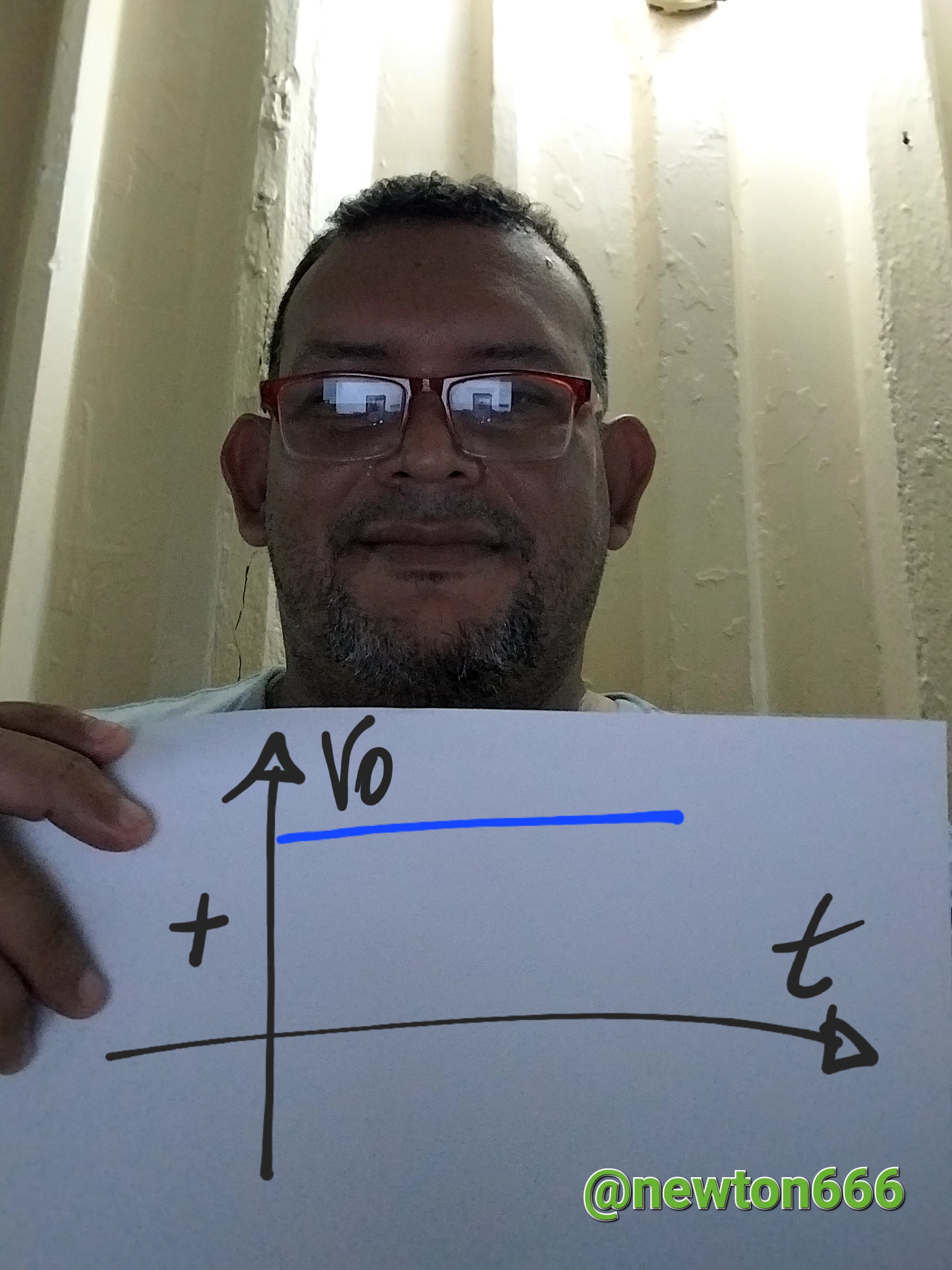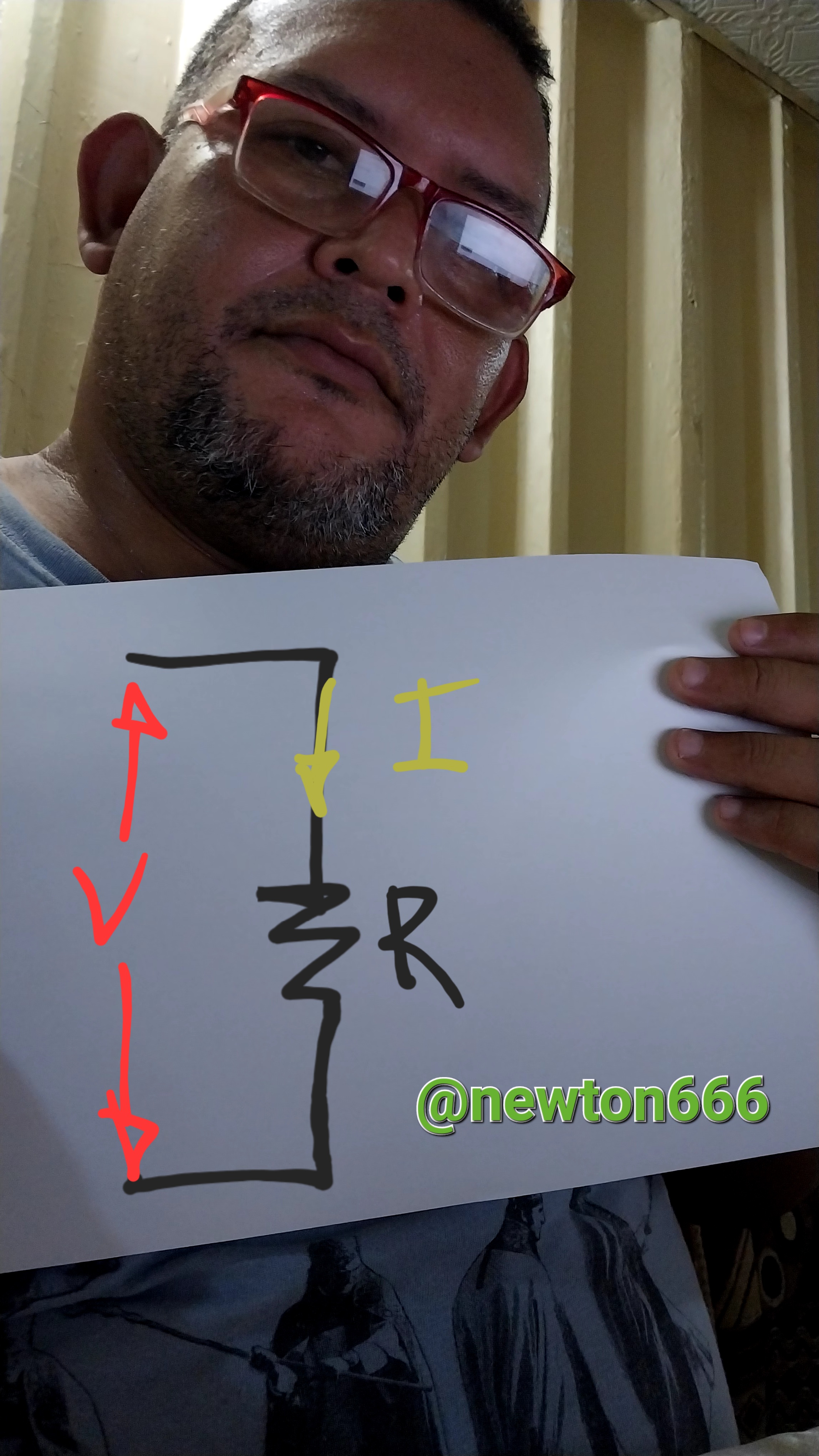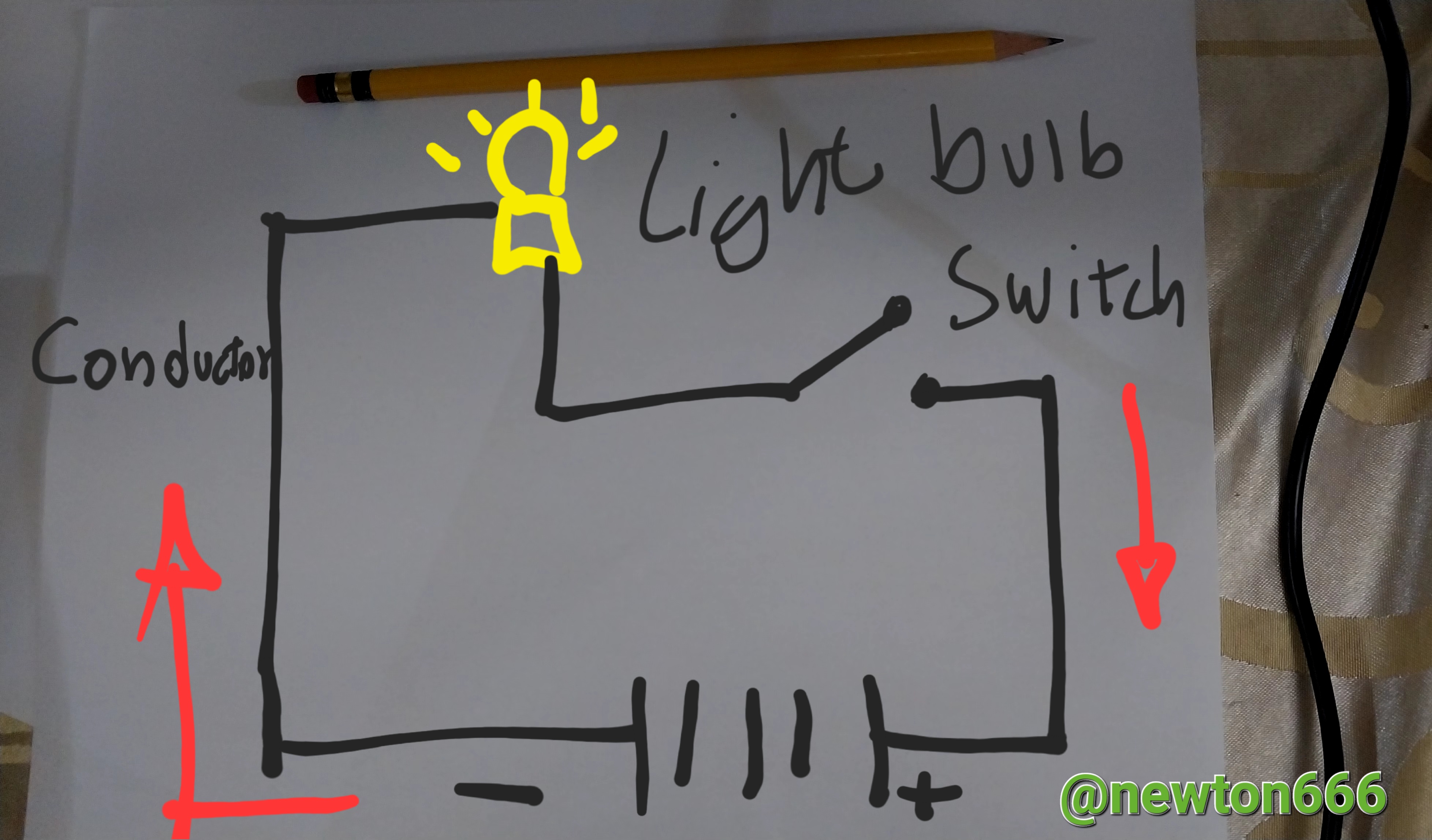Basic fundamentals of direct current


Well, continuing with the dynamics of the basic fundamentals of direct current, not one thing. Not what I want to focus on to give more this knowledge to the basics, is that it is also said when references are made in the current, not that When the electrons always move in the direction, this is dominated: a direct current flow, because it goes from positive to negative, so what is a representation of the voltage of a direct current in the Graph, as simple as we see there reader friend.
Well, another little thing that we should know about this very important subject, well, how unique is that the currents are reflected in the form of a flow, since it is evidenced by electrons that move through the cable or through the conductor and thanks to the amount of the charge can transport the electrons through the section of the conductor in a time interval where: the intensity I = charge / second.
Many wonder if alternating current can be converted to direct current, well, there you have it. I was going to this if there is that conversion that is evidenced when using a method called this a rectification process, this is done because it was evidenced that the rectifier is used is what is based on the application of vacuum tube, this form almost of the load of direct alternating current when the power is varied by means of diodes in the form of semiconductors, Now what happens with the polarity, good for this case, dear reader or lover of physics, the direct current was not incorporated protection against a type of change eventualities of polarity, because this as its fundamental basis is that it circulates continuously from the positive to the negative, this usually includes a circuit such as a battery or devices that use this simple form of electrical circuit in the way of generating current, Since the transport, this has an output, how about the connection can only be made in a way that prevents the inversion of the polarity, so note that it is cough maintains a very simple circuit that connects in this way that is like this with the constant, they are used when they are generated by the intensity or their power as batteries to turn on a simple light bulb to take as a very basic example.

Continuing in this order, it is the electrical power that is absorbed or emitted by a generator, an electrical device at a given instant or moment, to put it in this basic way, Okay, that is not useful to have a relationship of energy flow per unit of time or by time interval and the way the energy is also absorbed or inserted into a receiver at a certain time, that is another basic example, and another way of transforming electrical energy can be to transform electrical energy into light. Formula P = VI = V²/R = I².R.
Photo edited by my Samsung A23 phone
Bibliography Reference
Physics for science and technology. II by Paul Allen Tipler, Gene Mosca, 2004.
Analysis and simulation of electrical circuits in direct current
by Miguel Alfonso Altuve Paredes, 2019.

Nice, very informative article.. By the way I love physics a little bit.. Hehe😅
Thanks for your contribution to the STEMsocial community. Feel free to join us on discord to get to know the rest of us!
Please consider delegating to the @stemsocial account (85% of the curation rewards are returned).
Thanks for including @stemsocial as a beneficiary, which gives you stronger support.
Thanks a lot about this physics class

!1UP
You have received a 1UP from @gwajnberg!
@stem-curator, @vyb-curator, @pob-curator
And they will bring !PIZZA 🍕.
Learn more about our delegation service to earn daily rewards. Join the Cartel on Discord.
I gifted $PIZZA slices here:
@curation-cartel(6/20) tipped @newton666 (x1)
Join us in Discord!
Hace tiempo, en el liceo, escuche clases de electricidad básica; más que todo para conocimientos en cuanto a la seguridad. Ahí nos explicaban esos gráficos que luego los hacíamos como prácticas. Una vez me dijo el profesor que casi casi electrocutaria a toda mi familia si desarrollaba ese circuito (risas). Pero me agradó la materia, optuve al final 15 puntos.
Ha, por cierto, hoy tuve que leer... ¿que pasó con el video?
Saludos Profesor @newton666
A long time ago, in high school, I listened to basic electricity classes; mostly for safety knowledge. They explained those graphs to us and then we did them as practice. Once the teacher told me that I would almost electrocute my whole family if I developed that circuit (laughs). But I liked the subject, I got 15 points in the end.
Ha, by the way, today I had to read... What happened to the video?
Greetings Professor @newton666
Saludos mucha gracias y gracias por compartir, bueno quise romper un poco elesquema , pero ya regresas los videos